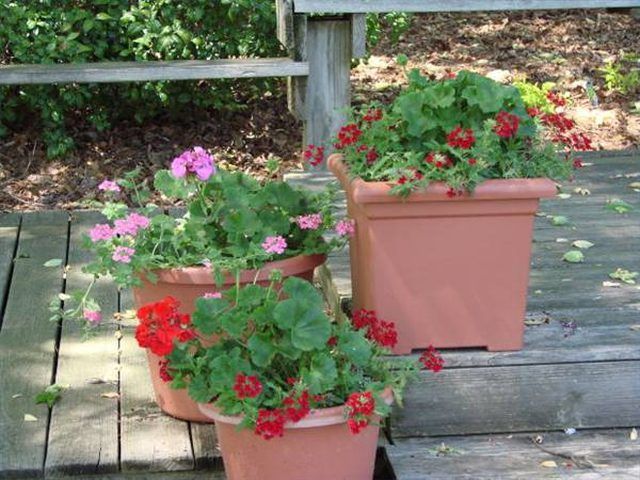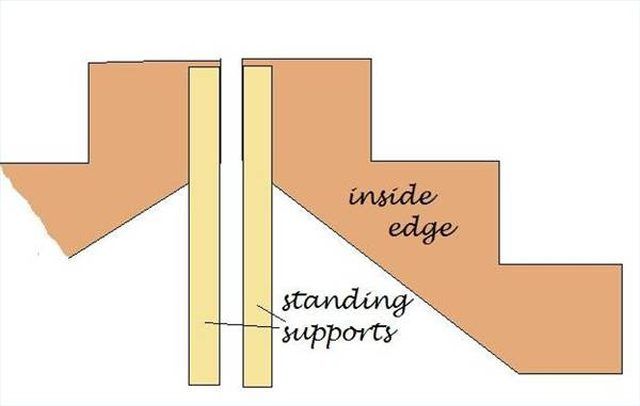Bulbs
Flower Basics
Flower Beds & Specialty Gardens
Flower Garden
Garden Furniture
Garden Gnomes
Garden Seeds
Garden Sheds
Garden Statues
Garden Tools & Supplies
Gardening Basics
Green & Organic
Groundcovers & Vines
Growing Annuals
Growing Basil
Growing Beans
Growing Berries
Growing Blueberries
Growing Cactus
Growing Corn
Growing Cotton
Growing Edibles
Growing Flowers
Growing Garlic
Growing Grapes
Growing Grass
Growing Herbs
Growing Jasmine
Growing Mint
Growing Mushrooms
Orchids
Growing Peanuts
Growing Perennials
Growing Plants
Growing Rosemary
Growing Roses
Growing Strawberries
Growing Sunflowers
Growing Thyme
Growing Tomatoes
Growing Tulips
Growing Vegetables
Herb Basics
Herb Garden
Indoor Growing
Landscaping Basics
Landscaping Patios
Landscaping Plants
Landscaping Shrubs
Landscaping Trees
Landscaping Walks & Pathways
Lawn Basics
Lawn Maintenance
Lawn Mowers
Lawn Ornaments
Lawn Planting
Lawn Tools
Outdoor Growing
Overall Landscape Planning
Pests, Weeds & Problems
Plant Basics
Rock Garden
Rose Garden
Shrubs
Soil
Specialty Gardens
Trees
Vegetable Garden
Yard Maintenance
How to Build Plant Shelves
How to Build Plant Shelves. While any gardener likes to get outside and dig their hands in the soil, some aren't as fortunate to do so because of mobility issues or space restrictions. With this in mind, a set of plant shelves built in the shape of a staircase can be made relatively easily to allow gardeners with little or no land to have a...

While any gardener likes to get outside and dig their hands in the soil, some aren't as fortunate to do so because of mobility issues or space restrictions. With this in mind, a set of plant shelves built in the shape of a staircase can be made relatively easily to allow gardeners with little or no land to have a container garden right on their porch or balcony. The step design allows for easy access to plants even when they are in the back and helps to keep plants in the front from blocking out the light from their neighbors. Watering and maintenance can all be made easier with staircase plant shelves, too.
Things You'll Need
Two pre-cut wooden three-step forms, stringers
Two 1 by 4 inch boards, 3 feet long for standing supports
Two 1 by 4 inch boards, 2 feet long for base supports
Three 1 by 10 inch boards, 4 feet long for shelves
Hammer
Rust-proof nails
Lay the stringers down on the ground. Set the "top" of the stairs next to one another, and the bottoms facing away. Place a 3-foot-long, 1 by 4 inch board running down from the top to create a vertical standing support for the step. Nail through the supports and into the stringers to secure.

Stand the stringers up, two feet away from one another with the supports facing in. Have a friend hold the stringers while you attach the base supports. Place a 2-foot-long support board at the base of the "bottom" of the stairs. The board should run horizontally along the bottom and overlap both of the stringers, leaving the edge of the board flush with the outside edge of the stringers. Nail through the board and into the stringer to attach.
Repeat the process along the back by attaching the base support to the standing supports. These edges will not run flush like the front does. Nail through the base supports and into the standing supports to secure.
Start at the bottom of the stairs and align the first step over the stringers. There should be roughly one foot on either side of the step and not quite two feet in the middle. Nail through the step and into the stringers to attach. Repeat this step to attach the middle and back shelves. Place the staircase shelves in your desired location.
Tips & Warnings
Use deck treatment if desired to increase the life of the stairs or allow to age over time with exposure.
While the staircase shelves are invaluable outside, they can also be made for use inside for houseplants.
Be sure the shelving structure is stable before adding plants to it to avoid falls when pots become heavy after watering.